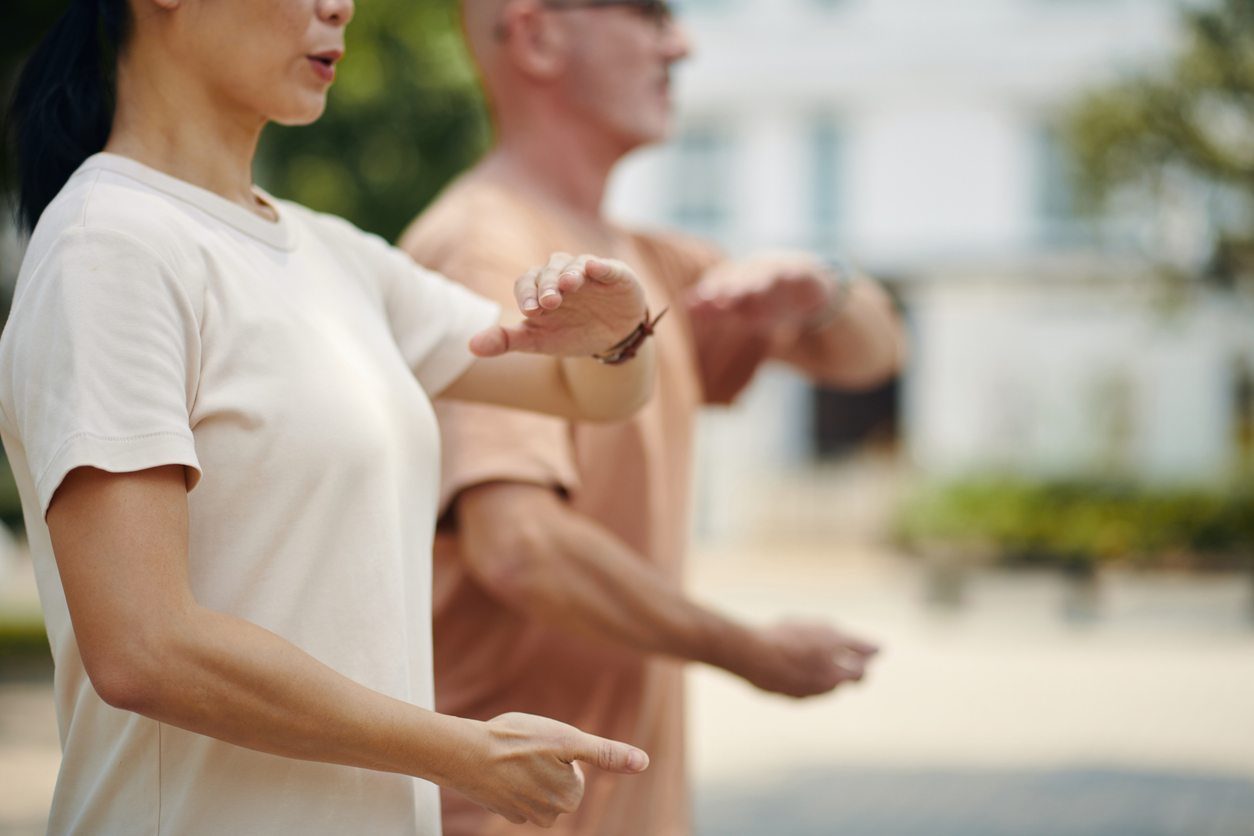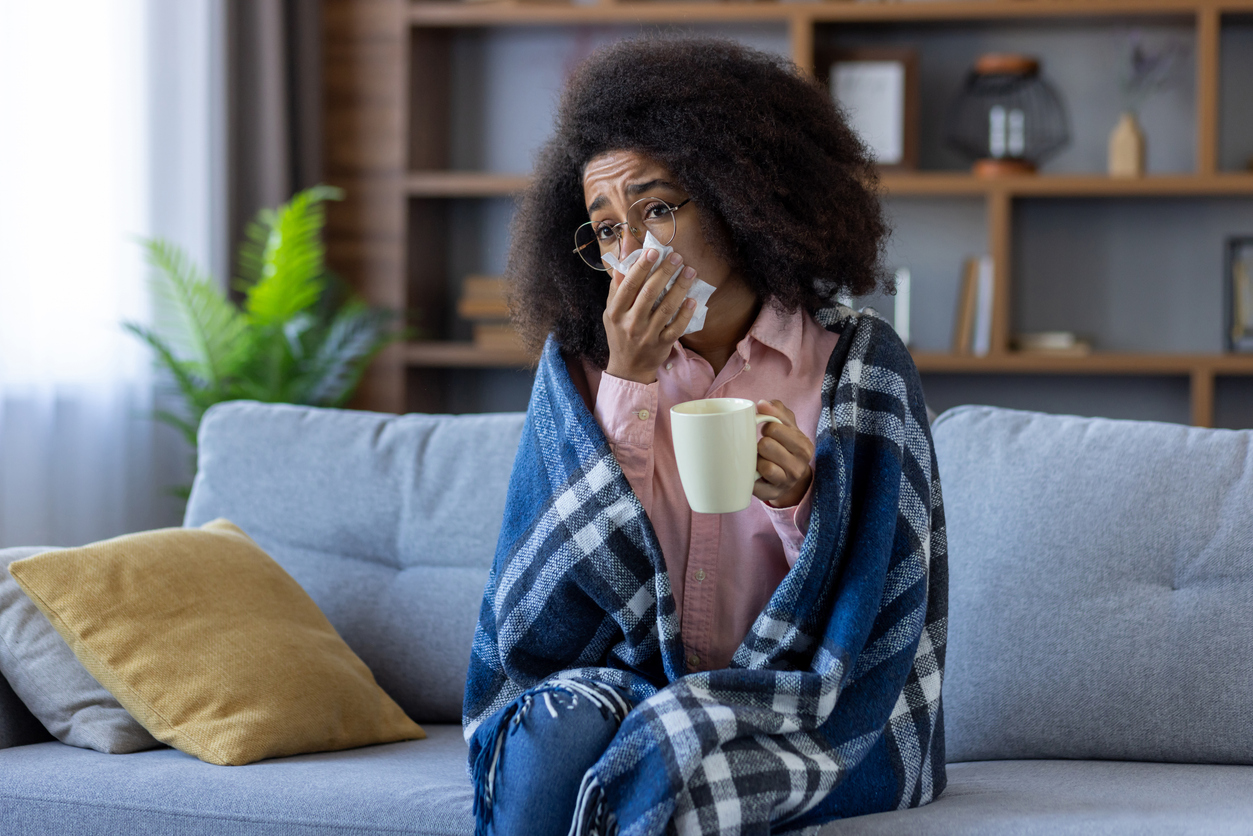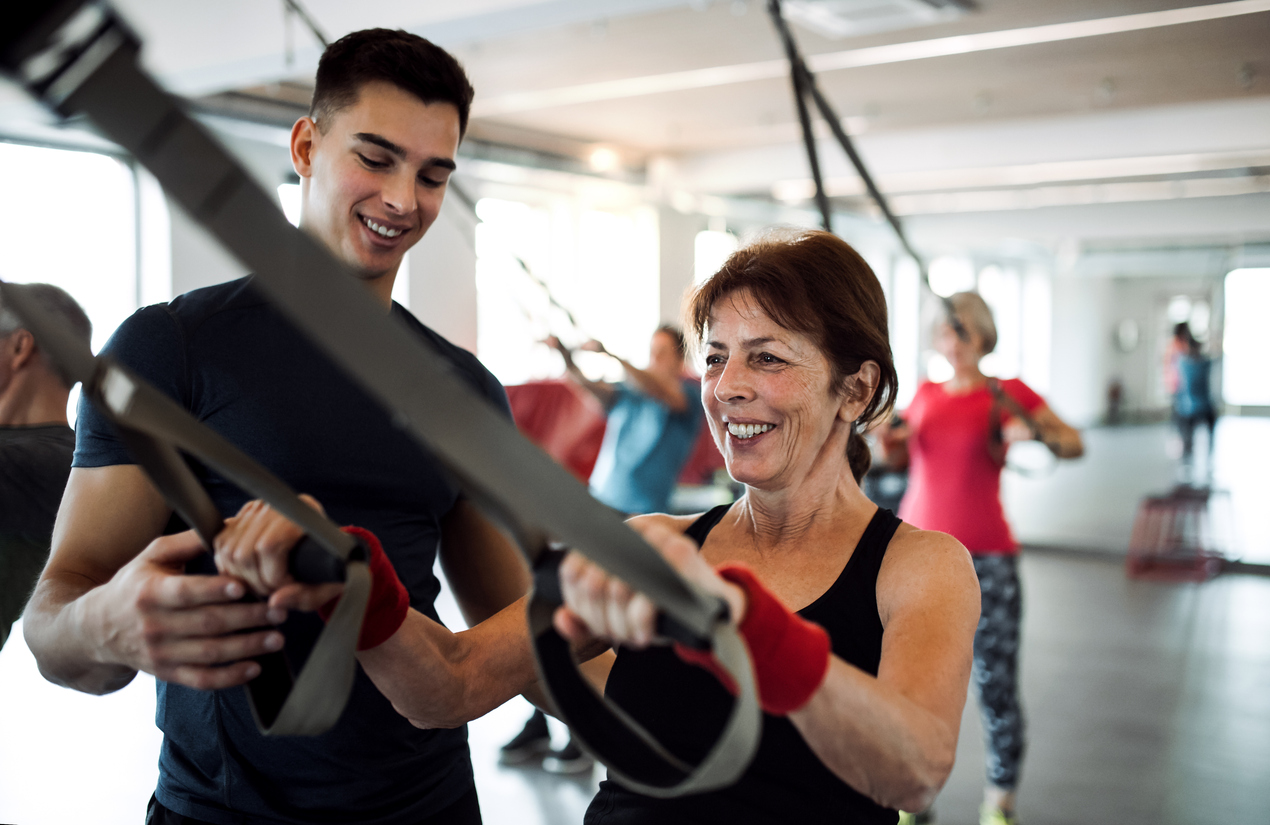2025-09-12
Insomnia: which Qi Gong should you choose?
General Medicine
#Sleep #Insomnia #TraditionalMedicine #TCM
Insomnia is a frequent sleep disorder often associated with chronic stress, psychiatric conditions, or unbalanced lifestyles. It negatively impacts mental health, cognitive function, and overall quality of life. While pharmacological treatments are widely prescribed, their side effects and costs encourage the exploration of complementary therapies. Among these, traditional Chinese medicine (TCM) exercises—such as liuzijue, baduanjin, wuqinxi, yijinjing, and taijiquan—are increasingly used to harmonize the body–mind system and promote sleep quality.
Despite their growing popularity, these practices remain little known in clinical settings. Their effectiveness has also been insufficiently validated, limiting scientific recognition and complicating their integration into standardized care protocols.
This study was therefore designed to compare the efficacy of five TCM exercise approaches for insomnia, with the objective of identifying the most beneficial method to improve sleep quality.
Which chinese exercise works best for sleep?
Fifty randomized clinical trials, involving 4,226 patients with insomnia, were selected and analyzed. The five TCM techniques included liuzijue, yijinjing, baduanjin, taijiquan, and wuqinxi. These differ in emphasis: some focus primarily on breathing and emotional regulation (e.g., liuzijue), while others emphasize more physical movements (e.g., taijiquan or wuqinxi), potentially explaining variations in their relative effectiveness. Interventions were compared to standard care or health education, and outcomes were assessed mainly through the Pittsburgh Sleep Quality Index.
The analysis revealed that all TCM exercise modalities significantly outperformed standard care. However, liuzijue emerged as the most effective treatment for insomnia. Using the SUCRA (Surface Under the Cumulative Ranking Curve) index, the interventions were ranked by efficacy: liuzijue (96.4%) was clearly superior, followed by yijinjing (72.6%), baduanjin (55.1%), taijiquan (45%), and wuqinxi (30.9%).
Liuzijue, based on a breathing technique involving six specific sounds, is believed to induce deep relaxation by rebalancing internal organs and Qi flow, thereby explaining its superior impact on sleep regulation.
Liuzijue: the leading option against
insomnia?
Insomnia is a multifactorial condition that may benefit from non-pharmacological management strategies. One key challenge in integrative medicine remains the lack of clear prioritization among available approaches. This study aimed to compare five TCM exercise modalities through a network meta-analysis to provide objective guidance for clinical practice.
The findings confirm that all interventions are beneficial, with liuzijue showing clear superiority, making it a priority option in sleep rehabilitation protocols. Future research should focus on large-scale multicenter RCTs with standardized diagnostic criteria, greater methodological transparency, and enhanced patient engagement. Long-term follow-up will also be crucial to confirm the sustained benefits of these practices.
Read next: Needles for pain relief?
About the author – Ana Espino

Last press reviews
Aromatherapy in patients with cancer: hope for anxiety, but not for depression?

By Lila Rouland | Published on December 31, 2025 | 3 min read<br>
Emerging influenza threat: the rapid rise of A(H3N2) subclade k in Europe

By Carolina Lima | Published on Décember 30, 2025 | 3 min read
Combined exercise: a winning strategy for post–breast cancer cardiorespiratory fitness

By Lila Rouland | Published on December 29, 2025 | 3 min read<br>